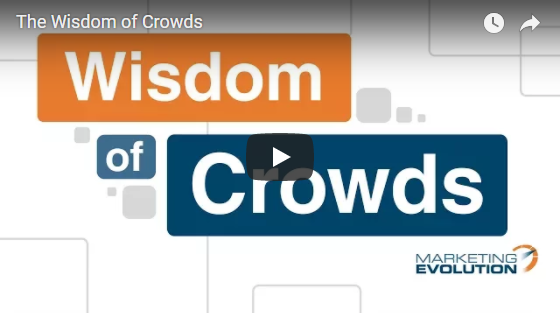Webinar Recap: 5 Media Myths Marketers Need to Retire Now
Learn how Regions Bank Perfected their customer journey
Did you know that most of media marketing is being implemented and measured – WRONG?
Time to get clear-eyed on the truths in the age of data.
It seems that every year new articles surface making bold predictions about the future of the marketing space. Every media company, agency and maven/prognosticator had their predictions for what that far-future state would look like. Like clockwork, a flock of updates on “how advertising works now” and “what will it look like then” would paint either a bleak or an inspiring picture. This constant postulating has made it almost impossible to sort through what will really count moving forward, and which are myths to be dispelled.
The decades-long running tradition of weaving facts and opinions into a single cloth has created noise and confusion across the media industry. To gain clarity and make real change in an industry involves hard work, self critical thinking and the messiness of testing, learning and - yes - making mistakes.
As you may already know, there is no shortage of misconceptions surrounding media marketing. We would like to take a look at five particular myths in media marketing – to redefine and debunk them once and for all.
5 Media Myths We Debunk
Myth #1: For over 40 years, the majority of strategic media planning has been based on the idea of “effective reach.”
The fallacy of effective reach.
Myth #2: Higher rated media vehicles are worth a premium versus those with smaller audiences.
Bigger isn’t necessarily better.
Myth #3: Keep the media in their “boxes” so that it’s easy to explain.
Different media do different things.
Myth #4: Unified measurement is the game changer.
Branding media can’t be held accountable for sales.
Myth #5: Traditional media are dead in the digital age.
Beware of digital myopia.
The moment of truth is around the corner and 2020 has long been used as a tipping point in media predictions. Find out more about how we debunk these myths by tuning into this webinar.




















